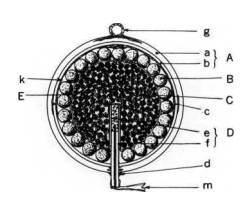The fireworks industries of Japan and China represent two distinct approaches to pyrotechnics, shaped by centuries of cultural heritage, technological innovation, and market dynamics.
Historical Origins
China is widely recognized as the birthplace of fireworks, with a history dating back to the Tang Dynasty (618-907 AD). In contrast, Japan adopted fireworks later, primarily during the Edo period (1603-1867), developing a unique aesthetic and technological approach.
Manufacturing Approaches
Chinese Fireworks Industry
- Dominates global production, accounting for approximately 90% of world fireworks manufacturing
- Characterized by large-scale, low-cost production
- Massive industrial clusters in provinces like Hunan and Guangdong
- Strong export-oriented manufacturing model
- Focuses on volume and economic efficiency
Japanese Fireworks Industry
- Emphasizes precision, artistic quality, and aesthetic design
- Smaller-scale production with high-value specialty products
- Strong focus on craftsmanship and intricate design
- Higher production costs but premium market positioning
- Renowned for creating complex, symmetrical, and visually stunning aerial displays
Cultural Significance
China: Fireworks are deeply rooted in traditional celebrations, particularly the Lunar New Year, with a focus on spectacular, loud displays symbolizing good fortune and warding off evil spirits.
Japan: Fireworks (hanabi) are considered an art form, with summer festivals featuring meticulously designed displays that prioritize beauty, color harmony, and emotional impact over sheer spectacle.
Technological Innovations
- Chinese Innovation: Focuses on mass production techniques, cost reduction, and expanding product variety
- Japanese Innovation: Concentrates on color chemistry, precise explosion patterns, and creating unique visual experiences
Market Dynamics
China:
- Largest global exporter
- Competitive pricing
- Wide range of consumer and professional products
- Annual export value exceeding $500 million
Japan:
- Smaller market share
- Premium pricing
- Niche market targeting high-end consumers and professional display organizers
- Strong domestic market with cultural festival demand
Environmental and Safety Considerations
- China has been working to improve manufacturing safety and environmental standards
- Japan maintains stringent safety regulations and has advanced environmental controls in fireworks production
Future Outlook
Both industries are adapting to global challenges:
- Increasing environmental regulations
- Demand for more sustainable pyrotechnics
- Technological advancements in color and display technologies
The Chinese and Japanese fireworks industries demonstrate how cultural heritage, technological innovation, and market strategies can create distinctly different approaches to the same product.


Comments